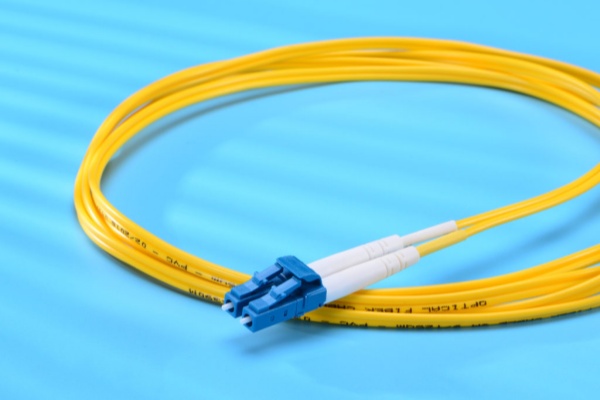In today's ever-changing digital landscape, Fiber optic cables play a vital role in transmitting large amounts of data over long distances with minimal loss. Among the different types of optical fibers available, G.652D has established itself as one of the most popular solutions due to its excellent performance in various network environments. However, there are other types of fibers used in telecommunications, like G.655 fibers, G.657 and G.653. Understanding the differences between these fibers is crucial to making informed choices when planning and designing networks..
In this article, we will explore the main differences between G.652D and other types of optical fibers, to help you determine which fiber is best suited for your specific applications.
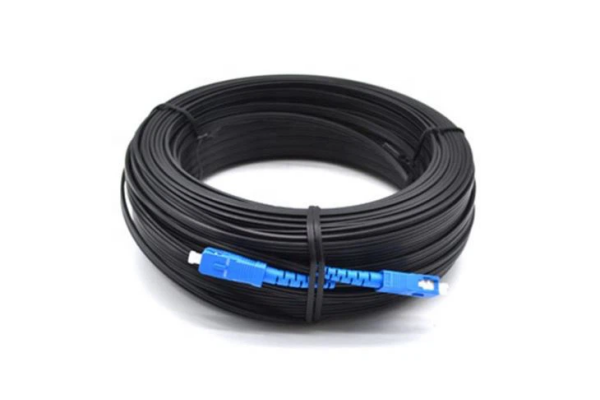
What is G.652D fiber ?
G.652D is a single-mode fiber compliant with the ITU-T G.652 standard (International Telecommunications Union – Telecommunications standardization sector). It is widely recognized for its versatility and relatively low cost, making it a preferred solution for many communications networks. The “D” in G.652D refers to the most recent version of this standard, which offers enhanced features, including reduced attenuation of the water peak and better use of the wavelength range.
G.652D fiber is optimized to operate in the wavelength windows of 1310 nm and 1550 nm, making it ideal for applications such as long distance transmission, high-capacity data transfers and wavelength division multiplexing systems (WDM).
Main features of the G.652D
Low attenuation : La fibre G.652D has low attenuation in windows 1310 nm and 1550 nm, making it ideal for long distance communication without requiring frequent signal regeneration.
Low dispersion at 1310 nm : It has low chromatic dispersion in the window 1310 nm, ensuring efficient data transmission for medium to long distance networks.
Absence of water peak : The G.652D is characterized by the absence of a water peak, meaning fiber performance is not affected by water-induced attenuation. This allows optimal use of the spectrum between 1260 nm and 1625 nm.
Compatibility with existing networks : G.652D is compatible with many existing optical systems, making it a preferred choice for network upgrades and expansions.
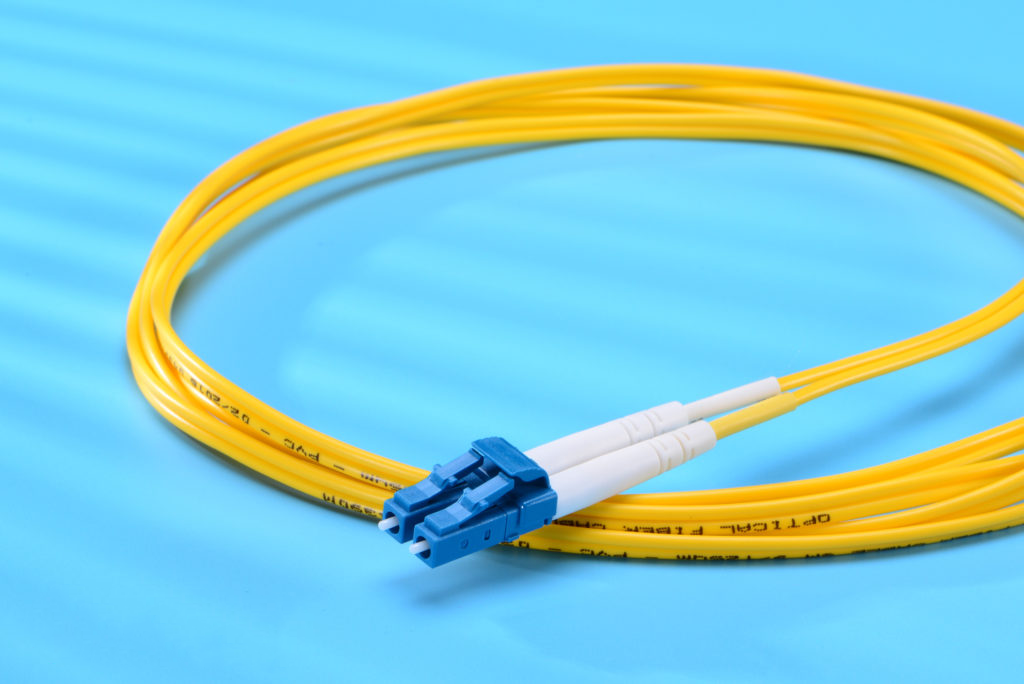
G.652D vs. Other types of fiber
Now let's see how G.652D compares to other optical fibers, such as G.655, G.657 and G.653, depending on various important parameters :
G.652D vs. G.655
G.655 is a non-zero dispersion shifted fiber (NZDSF), specially designed for dense wavelength division multiplexing applications (DWDM), where multiple wavelengths are transmitted simultaneously over long distances.
Dispersion characteristics
G.652D has low dispersion at 1310 nm but a relatively higher dispersion at 1550 nm.
With G.655, as for him, has a non-zero dispersion at 1550 nm, which helps reduce non-linear effects like four-wave mixing (FWM) and cross-phase modulation (XPM) in DWDM systems.
Applications
G.652D is ideal for networks that rely on legacy systems and require a cost-effective solution for transmitting data over medium to long distances.
G.655 is specifically designed for long-haul and ultra-long-haul networks that require DWDM technology to support high-capacity communications over thousands of kilometers.
Cost
G.652D is generally more affordable due to its availability and compatibility with existing networks.
G.655 is more expensive due to its specialized design for DWDM applications.
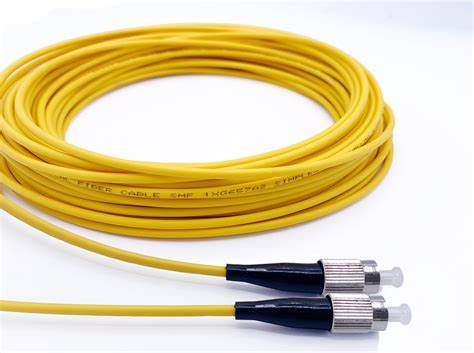
G.652D vs. G.657
G.657 is a fiber insensitive to bends, designed for be more flexible and resistant to signal loss caused by bends, making it ideal for fiber optic installations to the home (FTTH) and indoor facilities.
Curvature sensitivity
G.652D is susceptible to signal loss when bent too much, making it less suitable for environments where the cable must be frequently bent or coiled.
In G.657, on the other hand, offers superior performance against curvatures, with minimal losses even when subjected to tight bends. This makes it an ideal option for FTTH deployments, indoor applications and installations in crowded ducts.
Compatibility
G.657 fibers are fully compatible with G.652D fibers in terms of patching and connectivity, making it a complementary solution for certain installation environments.
Cost
G.652D is generally less expensive than G.657 due to its less complex features and simpler manufacturing.
G.657 is more expensive due to its increased bend resistance and the advanced manufacturing processes it requires.
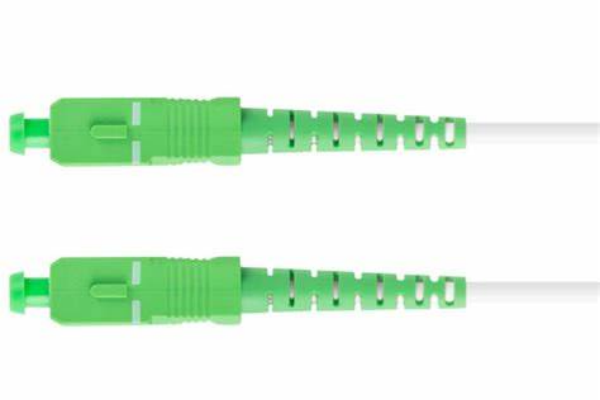
G.652D vs. G.653
In G.653, also known as dispersion-shifted fiber (DSF), is optimized to minimize dispersion in the window of 1550 nm. However, its use has declined in modern networks due to non-linear effects encountered when deploying DWDM systems.
Dispersion characteristics
G.652D has low dispersion at 1310 nm but a non-optimal dispersion at 1550 nm.
G.653 is optimized for zero dispersion around 1550 nm, which made it an attractive solution for long distance systems operating at this wavelength.
Nonlinear effects
One of the major disadvantages of G.653 is that the zero dispersion at 1550 nm can cause severe nonlinear effects, such as four-wave mixing (FWM), that degrade signal quality in DWDM systems.
Le G.652D, with its non-zero dispersion at 1550 nm, works best in DWDM systems because it avoids penalties related to nonlinear effects present in G.653.
Application
G.653 is rarely used in modern networks due to these limitations, while G.652D remains a standard choice for most long distance applications et WDM.
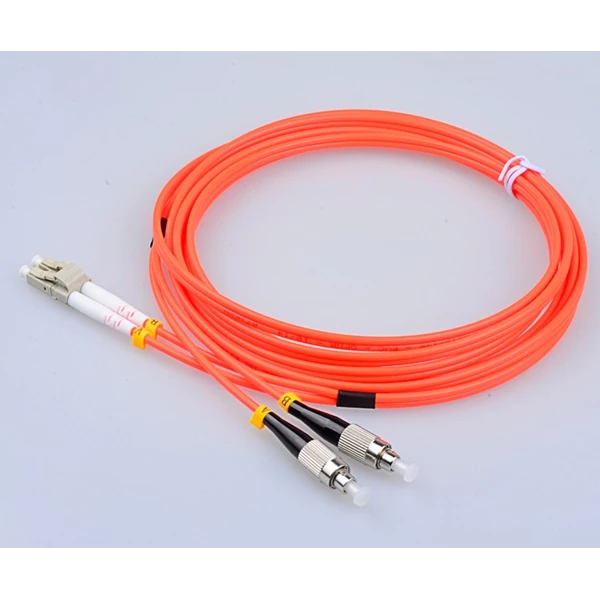
Key criteria for choosing the right type of fiber
When choosing the fiber optic cable suitable for your network, several factors must be taken into account :
Network type and application
Long-haul networks with DWDM systems typically benefit from G.655 due to its optimized dispersion characteristics for multiple wavelength channels.
FTTH and indoor installations should consider G.657 for its bend-insensitive properties.
Standard mid-to-long distance networks can effectively use G.652D for its balance between cost and performance.
Cost
G.652D is one of the most cost-effective solutions for various network deployments, whether upgrades to existing networks or new installations.
Specialized fibers, like G.655 and G.657, have higher costs due to their advanced features tailored to specific use cases.
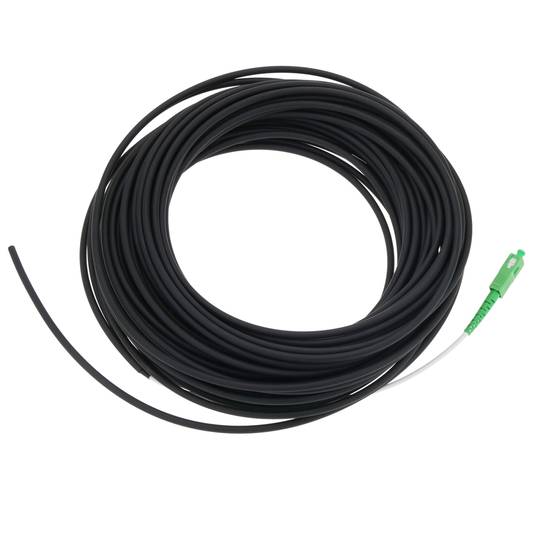
Compatibility
For most applications, ensuring compatibility with existing network infrastructure is essential. G.652D offers the best compatibility with a variety of systems, making it the preferred choice for many network operators.
Conclusion
G.652D stands out as a versatile fiber optic cable, affordable and widely compatible for a wide range of telecommunications applications. Although other types of fiber, such as G.655, G.657 and G.653, offer specialized features for specific environments, like long distance applications, bend-sensitive installations or DWDM systems, G.652D remains the standard choice for most general purpose networks.
Choosing the right fiber type depends on your specific network needs, such as distance, bandwidth, budgetary constraints and installation environment. For most network operators, the G.652D offers a good balance between performance, cost and ease of integration, meeting the growing demand for high-speed, high-capacity communications systems.
In summary, if you are looking for a versatile optical fiber that guarantees compatibility with existing networks while providing optimal performance at a lower cost, the G.652D is an excellent choice. However, for specific needs such as high channel density long distance networks (DWDM) or installations sensitive to curvatures (FTTH), it may be wise to consider G.655 or G.657 respectively. The choice of fiber must always be aligned with the technical and economic requirements of your network project.
In conclusion, although several types of fiber are available, G.652D fiber remains a reliable reference for a majority of telecommunications applications, offering excellent value for money and great flexibility of use.

